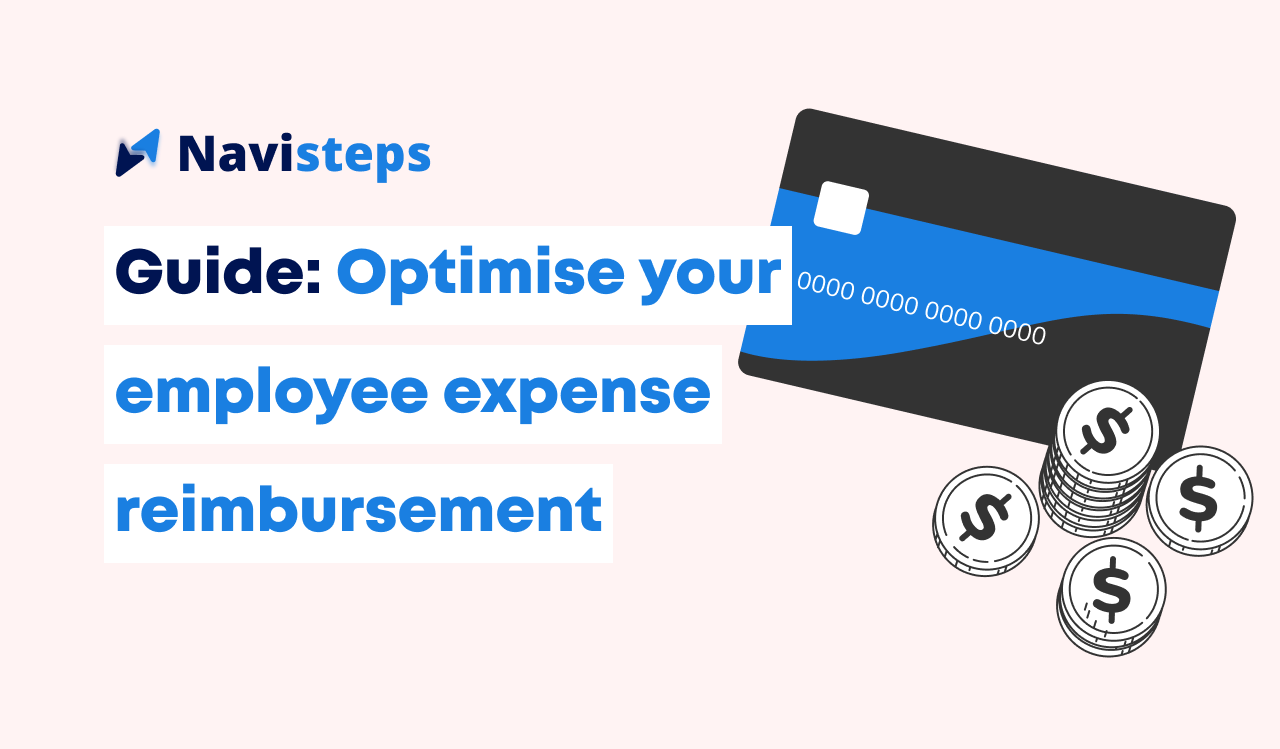
In our previous article, we discussed what actual business expense claims and fixed allowances are and when you should use them. In this article, we will now explore how we can optimise your choice of business expense method to bring about the best results!
Be it actual expense claims or fixed allowances, both business expense reimbursement methods come with adverse effects and companies should consider taking certain steps to mitigate undesirable effects. Here are some methods on how you can optimise your company’s expense reimbursement methods!
1. Hybrid application
There can be occasions where the organisation needs to pay employees more than the prescribed fixed allowances, such as when the organisation requires employees to stay at specific higher-priced accommodations that might be more convenient to business partners.
And although employees are compensated for the higher expenditure, they remain liable for personal tax obligations that may arise from the higher amount of allowance granted. To eliminate this issue, the organisation may consider employing a hybrid of both methods, where the required service or product is reimbursed as an actual expense, while other expenditures remain settled by fixed allowances within prescribed rates. This would ensure that employees are not unfairly made to bear additional taxes because of the company’s requirements.
Customised company policies have to be set in place to ensure that the expense claims and fixed allowance processes are in line with the company’s direction and objectives. It is important for finance managers and company management to tweak their expense management systems accordingly.
You might want to read: Guide to Travel & Expense Policies
2. Corporate credit cards
Another alternative that can minimise the hassle in claims processing is to issue corporate credit cards to employees. Many huge banks such as American Express and Citibank have already established a corporate credit card line a long time ago, but there has been a rise of newer corporate card firms such as Aspire and XX that cater to smaller companies and startups as well.
Doing so removes the financial burden on employees as they no longer have to pay for corporate expenses out of their own pocket. With the availability of monthly statements to verify claims, internal processing staff can also be assured that all transactions are captured.
However, the spending employee remains liable to report on expenses as statement descriptions tend to be brief and can hardly provide the full picture. Not all expense management solutions have the ability to allow employees to tag expenses to certain projects or customers either. Although the claims disbursement process is eliminated, the reporting of expenses is likely to remain largely the same. Furthermore, it is unlikely that the companies with huge staff count to be able to issue corporate credit cards to every employee, and it is usually catered only for the higher management. Hence, although issuing corporate credit cards does help to reduce claims processes, it is helpful only to a limited extent.
3. Adopt technological solutions
If it is found that the actual expense reimbursement method is still the preferred or required method for your company, the company may consider adopting technological solutions such as automated business expense management solutions to aid in streamlining processes and ease the burden of claims.
By enabling piecemeal submissions on-the-go, business expense management solutions help to break down the task of storing, sorting and preparing physical expense reports for the claimant. Besides reducing the claimant’s workload and improving user experience, this also allows for much faster and more accurate submissions for the company as receipts could be uploaded immediately after the expense is incurred, which would aid in the company’s auditing process.
Having receipts sorted digitally and matched with expense data that can be organised in customised reports also helps administrative staff better manage claims with ease. It eliminates the need for manual sorting and tallying, which could be prone to errors. No more messy receipts and reduce the possibility of human errors!
ACTUAL EXPENSE CLAIMS, FIXED ALLOWANCES OR BOTH?
If the actual expense method is still the preferred or required method, companies may want to look into adopting business expense management solutions to improve current processes and boost user experience. This could help dispel frustration surrounding the traditionally tedious task of claims processing and allow the company to strike a balance without compromising on accountability.
Although the fixed allowance method could be favoured by employees and companies for the convenience and ease of application, it tends to come with trade-offs in areas of accountability and also presents a higher possibility of hidden costs.
Companies could seek to alleviate potential problems of hidden costs by implementing a hybrid of both methods in some cases. However, there may also be situations where the fixed allowance method is simply not feasible or practicable in view of the company’s obligations.
There is no straightforward answer to which expense method would be the best for your company and it is really up to you to decide and see which of these methods will provide you with the most cost savings.
What is the current method your company is using, and what shortfalls do you face?